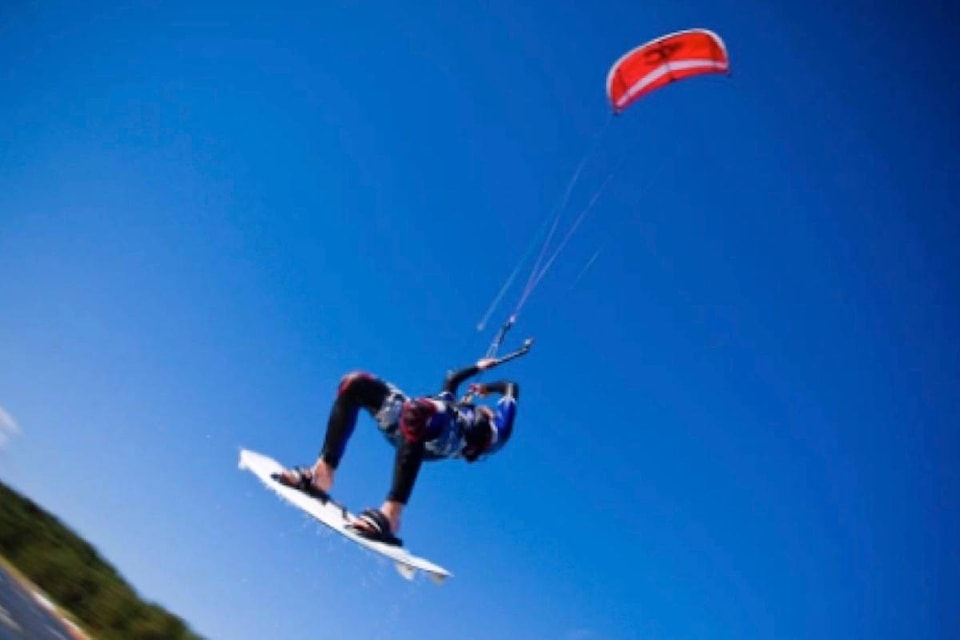Construction is underway and completion of new visitor recreation amenities at Nitinaht Lake should be complete by the end of November.
The $1.2M Caycuse Recreation Site project, developed by the Ditidaht First Nation to enhance the world-renowned windsurfing and kiteboarding destination on the Island’s West Coast, beyond Cowichan Lake, has received a $237,000 grant from the Island Coastal Economic Trust.
“Windsurfers and kiteboarders, as well as West Coast Trail hiking enthusiasts, have historically been our target markets at Nitinaht Lake,” Ditidaht Development Corporation CEO Bryan Cofsky explained. “These new visitor amenities will serve to draw broader and more family-based markets into the area, supporting the development of new businesses, services and sustainable employment opportunities for our rural community members.”
The Caycuse Recreation Site project will include 52 new campsites and related cultural tourism elements as well as the development of a 5.1 km hiking trail featuring Cooper Creek Canyon, a unique cave system characterized by limestone karsts and watery narrows that has potential to gain regional and provincial recognition.
It’s all part of a long-term plan for the area to transform Nitinaht into a world-class tourism destination according to Ditidaht First Nation Chief Robert Joseph.
“The project will enable us to build on our existing expertise in cultural recreation and trail management, and serve as a stepping stone to attract new visitor markets while continuing to build our vision where we are leaders of change, not recipients,” he said.
The projec has been designed to integrate employment and skill training opportunities for the community.
“In the past few years we have seen a growing trend in the development of remote Indigenous tourism hubs in several parts of the Island and Coastal region,” said ICET Chair Josie Osborne. “Visitors are seeking authentic experiences and are interested to learn directly from Indigenous communities and tourism operators about their territories and culture. The Ditidaht First Nation is creating opportunities to do just that.”
Economic analysis of the project shows that it won’t take long to pay off. During the six-month construction phase, 14 temporary full-time equivalent jobs will be created. Roughly three to five years post-completion, the new campsites, trails, and related activity will generate an additional $775,000 of tourism spending per year, leading to close to five permanent new jobs.
